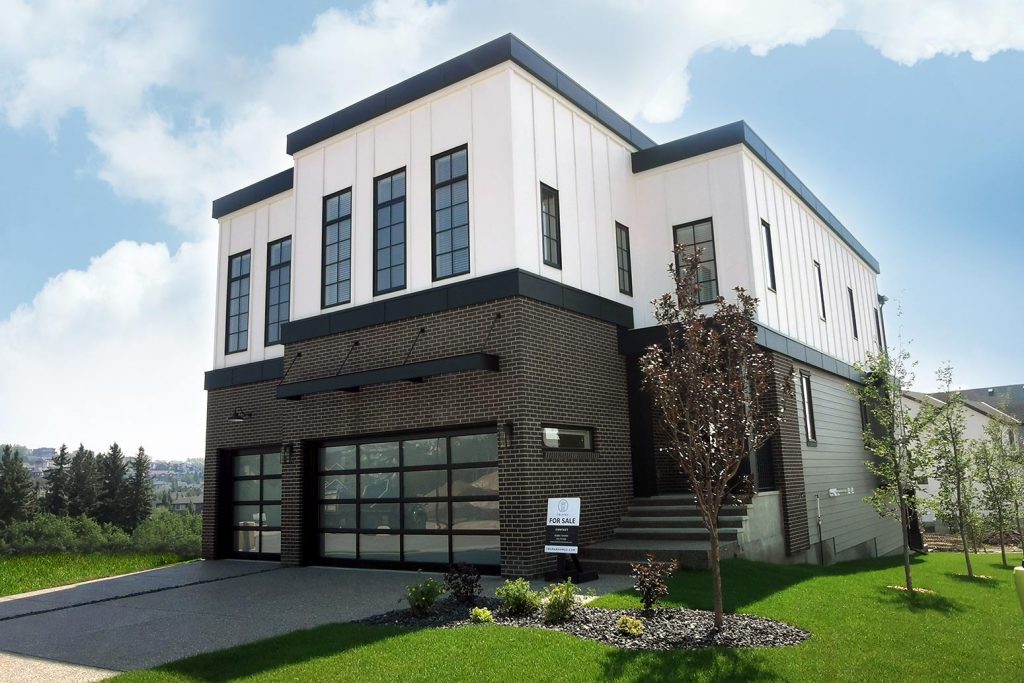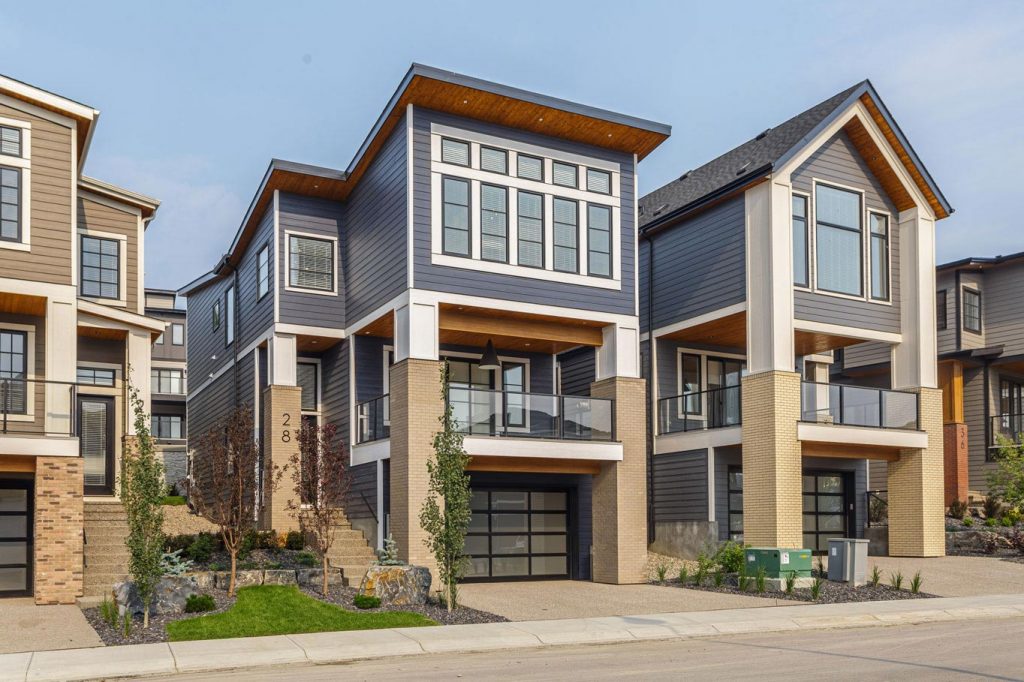Soil Settlement in Home Building – the What, Why, and What to do
Soil Settling – What is it?
Sub-surface settling, settlement in landscaping, soil settling – those are just different ways to say the same thing: the soil under your home and surrounding area is becoming more compact over time. This natural process includes three types of settlement: immediate, consolidation (i.e. ‘primary’), and creep settlement (i.e. ‘secondary’).
Immediate settlement occurs when a load – for example a piece of heavy machinery – rests on the soil and rearranges the particles to become more compact almost instantly. Consolidation settlement happens with the gradual squeezing out of water, and creep settlement occurs when the soil is under a constant load over time.[i] Due to the variation, soil settlement can transpire 3-5 years following construction, and in some cases even decades.
In the least damaging cases, soil settling can lead to depressions or divots in the land. In the worst cases – like the Leaning Tower of Pisa – soil settling can lead to titled buildings.
[i] https://www.geoengineer.org/education/soil-mechanics/settlements
Why Does it Happen?
Since soil is made of sand, water, and air, a heavy load – whether a building or just more dirt – that sits on top of soil causes the air and water to dissipate. As the air and water leave the soil, the solid particles are rearranged and ‘settle’ into a new compact position. Air is released first, and then water flows out at a rate that depends on the materials in the mix. For example, water disperses faster in fine particles like sand, but slower in dense particles like clay.[i] This is one of the reasons the timeline for soil settlement varies so much.
Soil settling is a natural process that occurs during and after construction. Before any building is constructed, contractors need to do below grade work to safeguard the integrity of a structure above ground. With any new home comes a foundation, which requires digging up earth with excavators, levelling the ground, and pouring concrete. In that process the soil around the foundation becomes loose until it settles again through immediate, consolidation or creep settlement.
In most cases, settlement can be managed through accurate assessments of what’s under the surface and good compacting practices. Yet as Mother Nature would have it, not everything is in our control. Excessive settlement can happen when there is highly expansive soil, frost, drought, flooding, poor drainage, vibration, or the alternate wetting and drying of soil.[ii]
[i] https://www.youtube.com/watch?v=nK4oDD-4CeE&ab_channel=Geo-InstituteofASCE
[ii] https://www.youtube.com/watch?v=8rRX4VeKN-o&ab_channel=CivilMentors

Who’s Responsibility is it?
Moving into a brand-new subdivision is an exciting prospect – a never-lived-in home typically means everything is in good working order. However, outside the house, new homeowners also inherit the soil which can sometimes be in less-than-peak condition.
The space around a building’s foundation, below sidewalks where utility trenches are dug, and below driveways are common places where depressions occur. During construction, those areas are backfilled with soil. This creates an evenly finished grade where the ground slopes away from the foundation in order to prevent water damage. Yet no matter how much soil compacting is done, some soil settlement will almost always happen.
Despite what you may think, those voids caused by soil settlement are the responsibility of the new homeowner. Builders and engineers can do everything possible to make sure the soil is consolidated before finishing a home, but creep settlement is beyond their control. Plus, builder liability for soil settlement years after construction would be prohibitively costly, and would guarantee that no business could keep their doors open for long.
What Does Truman Do?
Truman understands the impacts of soil settlement and takes the necessary steps to ensure the least amount of soil movement occurs following construction. In order to keep families safe, Truman Homes has a proper geo-technical assessment of the area, and has it certified by a third-party geomatic surveying company. These third-party companies ensure that grading and landscaping meet a particular standard, and either give an approval or make recommendations on changes to be made. No home can be sold until this approval is received.
Truman also commits to offering new homeowners landscaping for up to a year following the completion of a build. This service handles any divots or depressions caused by soil settling and is included in the price of the home.

Download our Quick Guide to Your New Lawn



